Global starch based edible coatings market is expected to reach USD XX.XX Million by 2025, at a CAGR of X.XX% from 2018 to 2025. Growing demand for the biodegradable protective coatings for fruits and vegetables, meat, poultry, and fish items are propelling the global starch based edible coatings market.
Market Overview:
Starch-based edible coatings are applied as the protective coating of starch on various agricultural products, meat, and bakery products to improve their appearance and shelf life. Starch-based edible provides protection from the direct exchange of gases and prevent the senescence of the products. Emphasis on the adoption of edible films and coatings, as an alternative to the currently used mixture of synthetic and biodegradable chemical compounds, is proving to be the key driving factor for the starch-based edible coating market. Starch-based edible coatings are witnessing widespread adoption in the food industry, owing to their impressive efficiency and functional properties, as well as inherent characteristics of film-forming materials.
Report Description:
Market Dynamics:
Drivers:
Restrains:
Opportunities:
Challenges:
Global Starch Based Edible Coatings Market Key Findings:
All the segments have been analyzed on global, regional and country basis. The study includes the analysis of more than 30 countries for each segment.
Segmentation Analysis:
The global starch based edible coatings market has been segmented on the basis of source and application.
Regional Segmentation Analysis:
The regions analyzed for the market include North America, Europe, South America, Asia Pacific, and Middle East and Africa. Europe region emerged as the largest market for the starch based edible coatings with a 38.32% share of market revenue in 2017.
Global Starch Based Edible Coatings Market Analysis:
Key players in the global starch based edible coatings market are Cargill Inc., Tate and Lyle PLC., Ingredion Inc., Archer Daniels Midland Company, Avebe, BENEO GmbH, Roquette Freres, Flo Chemical Corporation, Millennium Starch India Pvt.Ltd, Tidecom Technology Co., Ltd, Ashland Inc., Royal DSM N.V., CP Kelco, Kerry Group PLC, Monosol LLC, and among others. Unabated demand for the consumer preference for healthier and more ecological foods is leading major players to launch newer and innovative products. For instance Beneo GmbH in 2018, announced the launch of Remypure® S51. It is is a functional clean label rice starch featuring high tolerance towards low pH, high temperatures, and high shear, high product stability, unique texture, and a neutral taste. This product is ideal for use in applications such as soups & sauces, fruit preparations, baby food jars, and dairy desserts.
*All our reports are customizable as per customer requirements
This study forecasts revenue and volume growth at global, regional, and country levels from 2015 to 2025. Fior Market Research has segmented the global starch based edible coatings market on the basis of below mentioned segments:
Global Starch Based Edible Coatings Market by Source:
Global Starch Based Edible Coatings Market by Application:
Global Starch Based Edible Coatings Market by Region
1. Introduction
1.1. Objectives of the Study
1.2. Market Definition
1.3. Research Scope
1.4. Currency
2. Research Methodology and Assumptions
3. Executive Summary
4. Premium Insights
4.1. Porter’s Five Forces Analysis
4.2. Value Chain Analysis
4.3. Top Investment Pockets
4.3.1. Market Attractiveness Analysis By Source
4.3.2. Market Attractiveness Analysis By Application
4.3.3. Market Attractiveness Analysis By Region
4.4. Industry Trends
5. Market Dynamics
5.1. Market Evaluation
5.2. Drivers
5.2.1. Superior efficiency and functional properties of the starch based edible coatings
5.2.2. Increase in per capita income and improvement in the standard of living
5.3. Restraints
5.3.1. Lack of awareness
5.3.2. Availability of cheaper alternatives
5.4. Opportunities
5.4.1. Emphasis on reducing the post-harvest losses
5.4.2. Increasing research and development activities
5.4.3. Growing consumer preference for biodegradable food coatings
5.5. Challenges
5.5.1. Fluctuation in the raw material prices
5.5.2. Hygroscopic quality of starch based edible coatings
6. Global Starch Based Edible Coatings Market Analysis and Forecast, By Source
6.1. Segment Overview
6.2. Corn Starch
6.3. Potato
6.4. Sweet Potato
6.5. Cassava
6.6. Others
7. Global Starch Based Edible Coatings Market Analysis and Forecast, By Application
7.1. Segment Overview
7.2. Fruits & Vegetables
7.3. Meat, Poultry & Fish
7.4. Dairy Products
7.5. Nutritional Products
7.6. Bakery & Confectionery
7.7. Others
8. Global Starch Based Edible Coatings Market Analysis and Forecast, By Regional Analysis
8.1. Segment Overview
8.2. North America
8.2.1. U.S.
8.2.2. Canada
8.2.3. Mexico
8.3. Europe
8.3.1. Germany
8.3.2. France
8.3.3. Sweden
8.3.4. Netherlands
8.3.5. U.K.
8.3.6. Italy
8.3.7. Spain
8.3.8. Turkey
8.3.9. Switzerland
8.3.10. Belgium
8.3.11. Rest of Europe
8.4. Asia-Pacific
8.4.1. Japan
8.4.2. China
8.4.3. India
8.4.4. South Korea
8.4.5. Australia
8.4.6. Singapore
8.4.7. Malaysia
8.4.8. Thailand
8.4.9. Indonesia
8.4.10. Philippines
8.4.11. Rest of Asia-Pacific
8.5. South America
8.5.1. Brazil
8.5.2. Argentina
8.5.3. Colombia
8.5.4. Rest of South America
8.6. Middle East and Africa
8.6.1. Saudi Arabia
8.6.2. UAE
8.6.3. Egypt
8.6.4. Nigeria
8.6.5. South Africa
8.6.6. Rest of Middle East and Africa
9. Global Starch Based Edible Coatings Market-Competitive Landscape
9.1. Overview
9.2. Market Share of Key Players in the Starch Based Edible Coatings Market
9.2.1. Global Company Market Share
9.2.2. North America Company Market Share
9.2.3. Europe Company Market Share
9.2.4. APAC Company Market Share
9.3. Competitive Situations and Trends
9.3.1. Product Launches and Developments
9.3.2. Partnerships, Collaborations, and Agreements
9.3.3. Mergers & Acquisitions
9.3.4. Expansions
10. Company Profiles
10.1. Cargill Inc
10.1.1. Business Overview
10.1.2. Company Snapshot
10.1.3. Company Market Share Analysis
10.1.4. Company Product Portfolio
10.1.5. Recent Developments
10.1.6. SWOT Analysis
10.2. Tate and Lyle PLC
10.2.1. Business Overview
10.2.2. Company Snapshot
10.2.3. Company Market Share Analysis
10.2.4. Company Product Portfolio
10.2.5. Recent Developments
10.2.6. SWOT Analysis
10.3. Ingredion Inc
10.3.1. Business Overview
10.3.2. Company Snapshot
10.3.3. Company Market Share Analysis
10.3.4. Company Product Portfolio
10.3.5. Recent Developments
10.3.6. SWOT Analysis
10.4. Archer Daniels Midland Company
10.4.1. Business Overview
10.4.2. Company Snapshot
10.4.3. Company Market Share Analysis
10.4.4. Company Product Portfolio
10.4.5. Recent Developments
10.4.6. SWOT Analysis
10.5. Avebe
10.5.1. Business Overview
10.5.2. Company Snapshot
10.5.3. Company Market Share Analysis
10.5.4. Company Product Portfolio
10.5.5. Recent Developments
10.5.6. SWOT Analysis
10.6. BENEO GmbH
10.6.1. Business Overview
10.6.2. Company Snapshot
10.6.3. Company Market Share Analysis
10.6.4. Company Product Portfolio
10.6.5. Recent Developments
10.6.6. SWOT Analysis
10.7. Roquette Freres
10.7.1. Business Overview
10.7.2. Company Snapshot
10.7.3. Company Market Share Analysis
10.7.4. Company Product Portfolio
10.7.5. Recent Developments
10.7.6. SWOT Analysis
10.8. Flo Chemical Corporation
10.8.1. Business Overview
10.8.2. Company Snapshot
10.8.3. Company Market Share Analysis
10.8.4. Company Product Portfolio
10.8.5. Recent Developments
10.8.6. SWOT Analysis
10.9. Millennium Starch India Pvt.Ltd
10.9.1. Business Overview
10.9.2. Company Snapshot
10.9.3. Company Market Share Analysis
10.9.4. Company Product Portfolio
10.9.5. Recent Developments
10.9.6. SWOT Analysis
10.10. Tidecom Technology Co
10.10.1. Business Overview
10.10.2. Company Snapshot
10.10.3. Company Market Share Analysis
10.10.4. Company Product Portfolio
10.10.5. Recent Developments
10.10.6. SWOT Analysis
10.11. Ashland Inc.
10.11.1. Business Overview
10.11.2. Company Snapshot
10.11.3. Company Market Share Analysis
10.11.4. Company Product Portfolio
10.11.5. Recent Developments
10.11.6. SWOT Analysis
10.12. Royal DSM N.V.
10.12.1. Business Overview
10.12.2. Company Snapshot
10.12.3. Company Market Share Analysis
10.12.4. Company Product Portfolio
10.12.5. Recent Developments
10.12.6. SWOT Analysis
10.13. CP Kelco
10.13.1. Business Overview
10.13.2. Company Snapshot
10.13.3. Company Market Share Analysis
10.13.4. Company Product Portfolio
10.13.5. Recent Developments
10.13.6. SWOT Analysis
10.14. Kerry Group PLC
10.14.1. Business Overview
10.14.2. Company Snapshot
10.14.3. Company Market Share Analysis
10.14.4. Company Product Portfolio
10.14.5. Recent Developments
10.14.6. SWOT Analysis
10.15. Monosol LLC
10.15.1. Business Overview
10.15.2. Company Snapshot
10.15.3. Company Market Share Analysis
10.15.4. Company Product Portfolio
10.15.5. Recent Developments
10.15.6. SWOT Analysis
List of Figures
1. Global Starch Based Edible Coatings Market Segmentation
2. Starch Based Edible Coatings Market: Research Methodology
3. Market Size Estimation Methodology: Bottom-Up Approach
4. Market Size Estimation Methodology: Top-Down Approach
5. Data Triangulation
6. Porter’s Five Forces Analysis
7. Value Chain Analysis
8. Global Starch Based Edible Coatings Market Attractiveness Analysis By Source
9. Global Starch Based Edible Coatings Market Attractiveness Analysis By Application
10. Global Starch Based Edible Coatings Market Attractiveness Analysis By Region
11. Global Starch Based Edible Coatings Market: Dynamics
12. Global Starch Based Edible Coatings Market Share by Source (2017 & 2025)
13. Global Starch Based Edible Coatings Market Share by Application (2017 & 2025)
14. Global Starch Based Edible Coatings Market Share by Regions (2017 & 2025)
15. Global Starch Based Edible Coatings Market Share by Company (2018)
List of Table
1. Global Starch Based Edible Coatings Market, By Source, 2015–2025 (USD Million) (Kilotons)
2. Global Corn Starch Based Edible Coatings Market, Region, 2015–2025 (USD Million) (Kilotons)
3. Global Potato Starch Based Edible Coatings Market, Region, 2015–2025 (USD Million) (Kilotons)
4. Global Sweet Potato Starch Based Edible Coatings Market, Region, 2015–2025 (USD Million) (Kilotons)
5. Global Cassava Starch Based Edible Coatings Market, Region, 2015–2025 (USD Million) (Kilotons)
6. Global Others Starch Based Edible Coatings Market, Region, 2015–2025 (USD Million) (Kilotons)
7. Global Starch Based Edible Coatings Market, By Application, 2015–2025 (USD Million) (Kilotons)
8. Global Fruits & Vegetables Starch Based Edible Coatings Market, By Region, 2015–2025 (USD Million) (Kilotons)
9. Global Meat, Poultry & Fish Starch Based Edible Coatings Market, By Region, 2015–2025 (USD Million) (Kilotons)
10. Global Dairy Products Starch Based Edible Coatings Market, By Region, 2015–2025 (USD Million) (Kilotons)
11. Global Nutritional Products Starch Based Edible Coatings Market, By Region, 2015–2025 (USD Million) (Kilotons)
12. Global Bakery & Confectionery Starch Based Edible Coatings Market, By Region, 2015–2025 (USD Million) (Kilotons)
13. Global Others Starch Based Edible Coatings Market, By Region, 2015–2025 (USD Million) (Kilotons)
14. Global Starch Based Edible Coatings Market, By Region, 2015–2025 (USD Million) (Kilotons)
15. North America Starch Based Edible Coatings Market, By Source, 2015–2025 (USD Million) (Kilotons)
16. North America Starch Based Edible Coatings Market, By Application, 2015–2025 (USD Million) (Kilotons)
17. U.S. Starch Based Edible Coatings Market, By Source, 2015–2025 (USD Million) (Kilotons)
18. U.S. Starch Based Edible Coatings Market, By Application, 2015–2025 (USD Million) (Kilotons)
19. Canada Starch Based Edible Coatings Market, By Source, 2015–2025 (USD Million) (Kilotons)
20. Canada Starch Based Edible Coatings Market, By Application, 2015–2025 (USD Million) (Kilotons)
21. Mexico Starch Based Edible Coatings Market, By Source, 2015–2025 (USD Million) (Kilotons)
22. Mexico Starch Based Edible Coatings Market, By Application, 2015–2025 (USD Million) (Kilotons)
23. Europe Starch Based Edible Coatings Market, By Source, 2015–2025 (USD Million) (Kilotons)
24. Europe Starch Based Edible Coatings Market, By Application, 2015–2025 (USD Million) (Kilotons)
25. Germany Starch Based Edible Coatings Market, By Source, 2015–2025 (USD Million) (Kilotons)
26. Germany Starch Based Edible Coatings Market, By Application, 2015–2025 (USD Million) (Kilotons)
27. France Starch Based Edible Coatings Market, By Source, 2015–2025 (USD Million) (Kilotons)
28. France Starch Based Edible Coatings Market, By Application, 2015–2025 (USD Million) (Kilotons)
29. Sweden Starch Based Edible Coatings Market, By Source, 2015–2025 (USD Million) (Kilotons)
30. Sweden Starch Based Edible Coatings Market, By Application, 2015–2025 (USD Million) (Kilotons)
31. Netherlands Starch Based Edible Coatings Market, By Source, 2015–2025 (USD Million) (Kilotons)
32. Netherlands Starch Based Edible Coatings Market, By Application, 2015–2025 (USD Million) (Kilotons)
33. U.K. Starch Based Edible Coatings Market, By Source, 2015–2025 (USD Million) (Kilotons)
34. U.K. Starch Based Edible Coatings Market, By Application, 2015–2025 (USD Million) (Kilotons)
35. Italy Starch Based Edible Coatings Market, By Source, 2015–2025 (USD Million) (Kilotons)
36. Italy Starch Based Edible Coatings Market, By Application, 2015–2025 (USD Million) (Kilotons)
37. Spain Starch Based Edible Coatings Market, By Source, 2015–2025 (USD Million) (Kilotons)
38. Spain Starch Based Edible Coatings Market, By Application, 2015–2025 (USD Million) (Kilotons)
39. Turkey Starch Based Edible Coatings Market, By Source, 2015–2025 (USD Million) (Kilotons)
40. Turkey Starch Based Edible Coatings Market, By Application, 2015–2025 (USD Million) (Kilotons)
41. Switzerland Starch Based Edible Coatings Market, By Source, 2015–2025 (USD Million) (Kilotons)
42. Switzerland Starch Based Edible Coatings Market, By Application, 2015–2025 (USD Million) (Kilotons)
43. Belgium Starch Based Edible Coatings Market, By Source, 2015–2025 (USD Million) (Kilotons)
44. Belgium Starch Based Edible Coatings Market, By Application, 2015–2025 (USD Million) (Kilotons)
45. Asia Pacific Starch Based Edible Coatings Market, By Source, 2015–2025 (USD Million) (Kilotons)
46. Asia Pacific Starch Based Edible Coatings Market, By Application, 2015–2025 (USD Million) (Kilotons)
47. Japan Starch Based Edible Coatings Market, By Source, 2015–2025 (USD Million) (Kilotons)
48. Japan Starch Based Edible Coatings Market, By Application, 2015–2025 (USD Million) (Kilotons)
49. China Starch Based Edible Coatings Market, By Source, 2015–2025 (USD Million) (Kilotons)
50. China Starch Based Edible Coatings Market, By Application, 2015–2025 (USD Million) (Kilotons)
51. India Starch Based Edible Coatings Market, By Source, 2015–2025 (USD Million) (Kilotons)
52. India Starch Based Edible Coatings Market, By Application, 2015–2025 (USD Million) (Kilotons)
53. South Korea Starch Based Edible Coatings Market, By v, 2015–2025 (USD Million) (Kilotons)
54. South Korea Starch Based Edible Coatings Market, By Application, 2015–2025 (USD Million) (Kilotons)
55. Australia Starch Based Edible Coatings Market, By v, 2015–2025 (USD Million) (Kilotons)
56. Australia Starch Based Edible Coatings Market, By Application, 2015–2025 (USD Million) (Kilotons)
57. Singapore Starch Based Edible Coatings Market, By Source, 2015–2025 (USD Million) (Kilotons)
58. Singapore Starch Based Edible Coatings Market, By Application, 2015–2025 (USD Million) (Kilotons)
59. Malaysia Starch Based Edible Coatings Market, By Source, 2015–2025 (USD Million) (Kilotons)
60. Malaysia Starch Based Edible Coatings Market, By Application, 2015–2025 (USD Million) (Kilotons)
61. Thailand Starch Based Edible Coatings Market, By Source, 2015–2025 (USD Million) (Kilotons)
62. Thailand Starch Based Edible Coatings Market, By Application, 2015–2025 (USD Million) (Kilotons)
63. Indonesia Starch Based Edible Coatings Market, By Source, 2015–2025 (USD Million) (Kilotons)
64. Indonesia Starch Based Edible Coatings Market, By Application, 2015–2025 (USD Million) (Kilotons)
65. Philippines Starch Based Edible Coatings Market, By Source, 2015–2025 (USD Million) (Kilotons)
66. Philippines Starch Based Edible Coatings Market, By Application, 2015–2025 (USD Million) (Kilotons)
67. South America Starch Based Edible Coatings Market, By Source, 2015–2025 (USD Million) (Kilotons)
68. South America Starch Based Edible Coatings Market, By Application, 2015–2025 (USD Million) (Kilotons)
69. Brazil Starch Based Edible Coatings Market, By Source, 2015–2025 (USD Million) (Kilotons)
70. Brazil Starch Based Edible Coatings Market, By Application, 2015–2025 (USD Million) (Kilotons)
71. Argentina Starch Based Edible Coatings Market, By Source, 2015–2025 (USD Million) (Kilotons)
72. Argentina Starch Based Edible Coatings Market, By Application, 2015–2025 (USD Million) (Kilotons)
73. Colombia Starch Based Edible Coatings Market, By Source, 2015–2025 (USD Million) (Kilotons)
74. Colombia Starch Based Edible Coatings Market, By Application, 2015–2025 (USD Million) (Kilotons)
75. Middle East and Africa Starch Based Edible Coatings Market, By Source, 2015–2025 (USD Million) (Kilotons)
76. Middle East and Africa Starch Based Edible Coatings Market, By Application, 2015–2025 (USD Million) (Kilotons)
77. Saudi Arabia Starch Based Edible Coatings Market, By Source, 2015–2025 (USD Million) (Kilotons)
78. Saudi Arabia Starch Based Edible Coatings Market, By Application, 2015–2025 (USD Million) (Kilotons)
79. UAE Starch Based Edible Coatings Market, By Source, 2015–2025 (USD Million) (Kilotons)
80. UAE Starch Based Edible Coatings Market, By Application, 2015–2025 (USD Million) (Kilotons)
81. Egypt Starch Based Edible Coatings Market, By Source, 2015–2025 (USD Million) (Kilotons)
82. Egypt Starch Based Edible Coatings Market, By Application, 2015–2025 (USD Million) (Kilotons)
83. Nigeria Starch Based Edible Coatings Market, By Source, 2015–2025 (USD Million) (Kilotons)
84. Nigeria Starch Based Edible Coatings Market, By Application, 2015–2025 (USD Million) (Kilotons)
85. South Africa Starch Based Edible Coatings Market, By Source, 2015–2025 (USD Million) (Kilotons)
86. South Africa Starch Based Edible Coatings Market, By Application, 2015–2025 (USD Million) (Kilotons)
Market research is a method of gathering, assessing and deducing data & information about a particular market. Market research is very crucial in these days. The techniques analyze about how a product/service can be offered to the market to its end-customers, observe the impact of that product/service based on the past customer experiences, and cater their needs and demands. Owing to the successful business ventures, accurate, relevant and thorough information is the base for all the organizations because market research report/study offers specific market related data & information about the industry growth prospects, perspective of the existing customers, and the overall market scenario prevailed in past, ongoing present and developing future. It allows the stakeholders and investors to determine the probability of a business before committing substantial resources to the venture. Market research helps in solving the marketing issues challenges that a business will most likely face.
Market research is valuable because of the following reasons:
Our research report features both the aspects; qualitative and quantitative. Qualitative part provides insights about the market driving forces, potential opportunities, customer’s demands and requirement which in turn help the companies to come up with new strategies in order to survive in the long run competition. The quantitative segment offers the most credible information related to the industry. Based on the data gathering, we use to derive the market size and estimate their future growth prospects on the basis of global, region and country.
Our market research process involves with the four specific stages.
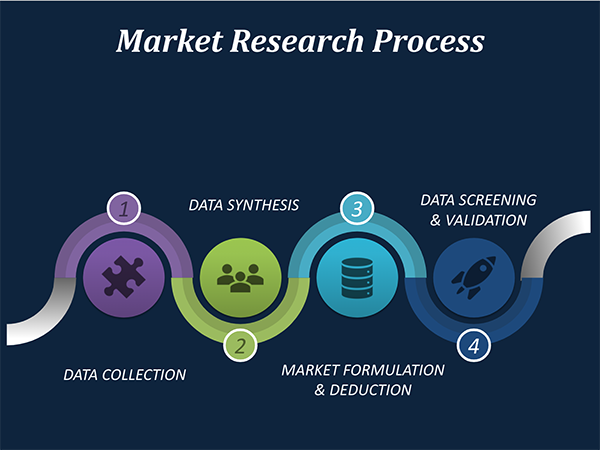
Data Collection: This stage of the market research process involves with the gathering and collecting of the market/industry related data from the sources. There are basically two types of research methods:
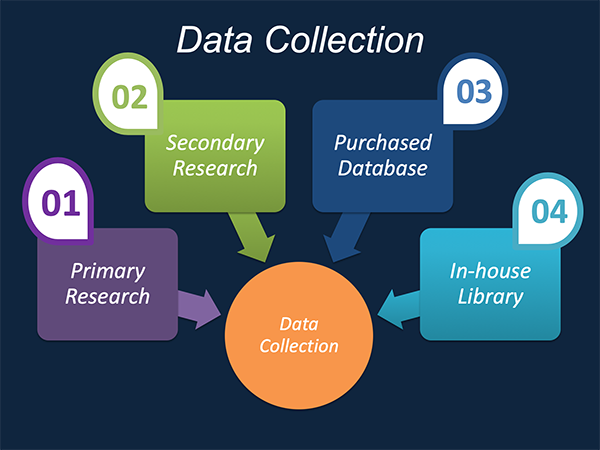
Data Synthesis: This stage includes the evaluation and assessment of all the data acquired from the primary and secondary research. It likewise includes in evaluating the information for any disparity watched while information gathering identified with the market. The data & information is gathered with consideration to the heterogeneity of sources. Scientific and statistical methods are implemented for synthesizing dissimilar information sets and provide the relevant data which is fundamental for formulating strategies. Our organization has broad involvement with information amalgamation where the information goes through different stages:
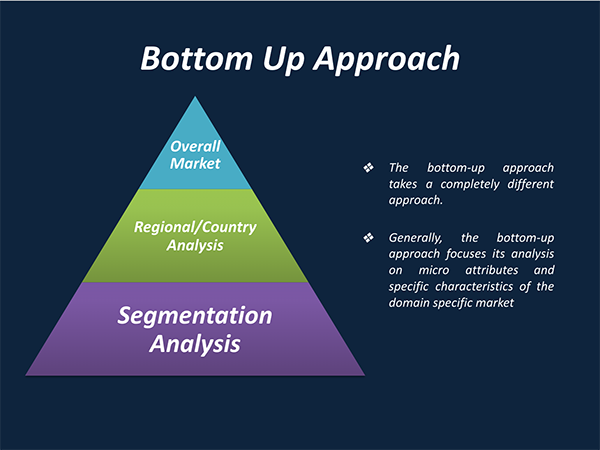
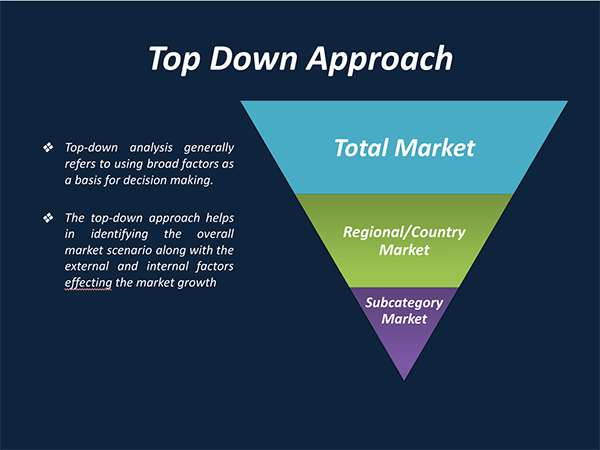
Market Formulation & Deduction: The last stage includes assigning the data & information in a suitable way in order to derive market size. Analyst reviews and domain based opinions based on holistic approach of market estimation combined with industry investigation additionally features a crucial role in this stage.
This stage includes with the finalization of the market size and numbers that we have gathered from primary and secondary research. With the data & information addition, we ensure that there is no gap in the market information. Market trend analysis is finished by our analysts by utilizing data extrapolation procedures, which give the most ideal figures to the market.
Data Validation: Validation is the most crucial step in the process. Validation & re-validation through scientifically designed technique and process that helps us finalize data-points to be used for final calculations. This stage also involves with the data triangulation process. Data triangulation generally implicates the cross validation and matching the data which has been collected from primary and secondary research methods.
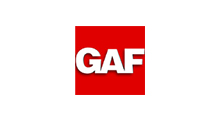
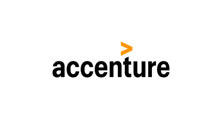
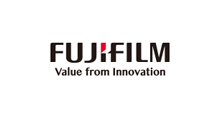
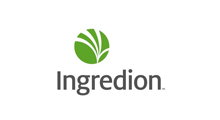

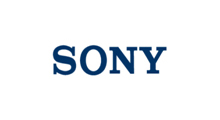
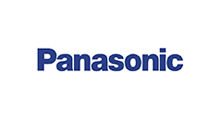
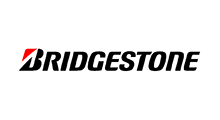
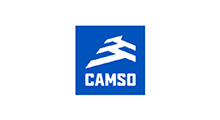
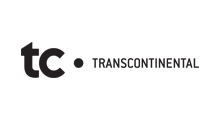
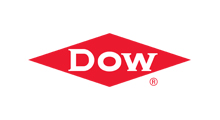
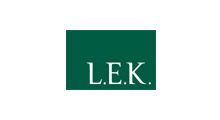
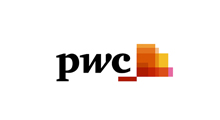
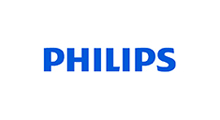
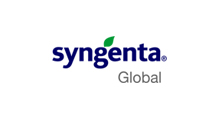
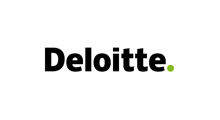
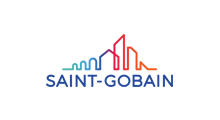
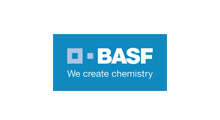
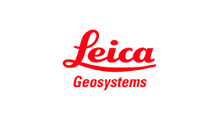
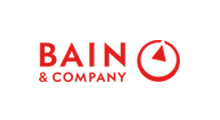
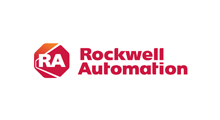
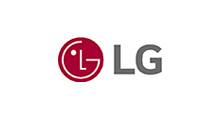
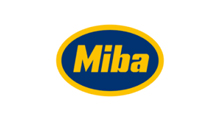
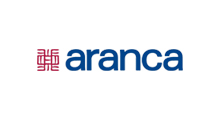
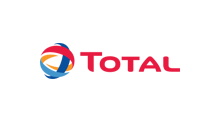
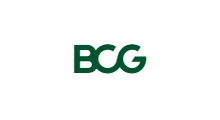
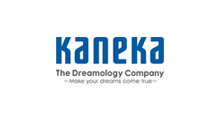
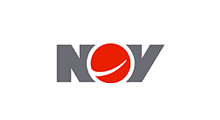
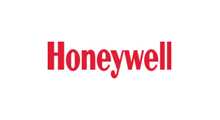
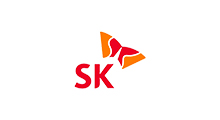
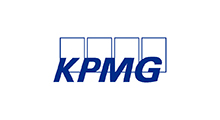
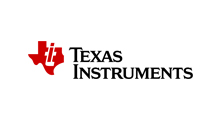
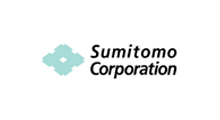
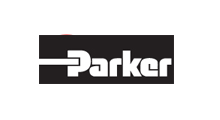
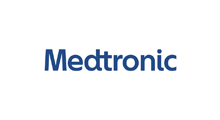
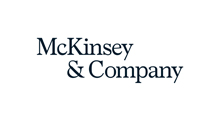
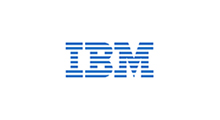
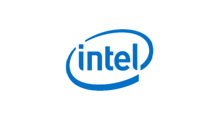
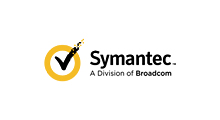
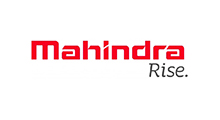
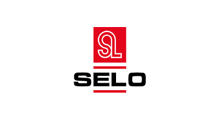
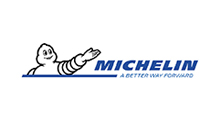
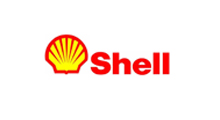
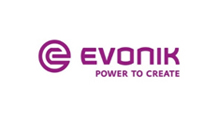
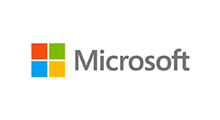
Free Customization
Countries can be added on demand
Free yearly update on purchase of Multi/Corporate User License
Companies served till date

We serve our customers 24x7 for 365 days through calls, emails and live chat options.

Huge database of exceptional market reports bringing market intelligence to your fingertips.

SSL enabled, we offer you various secured payment options for risk free purchase.